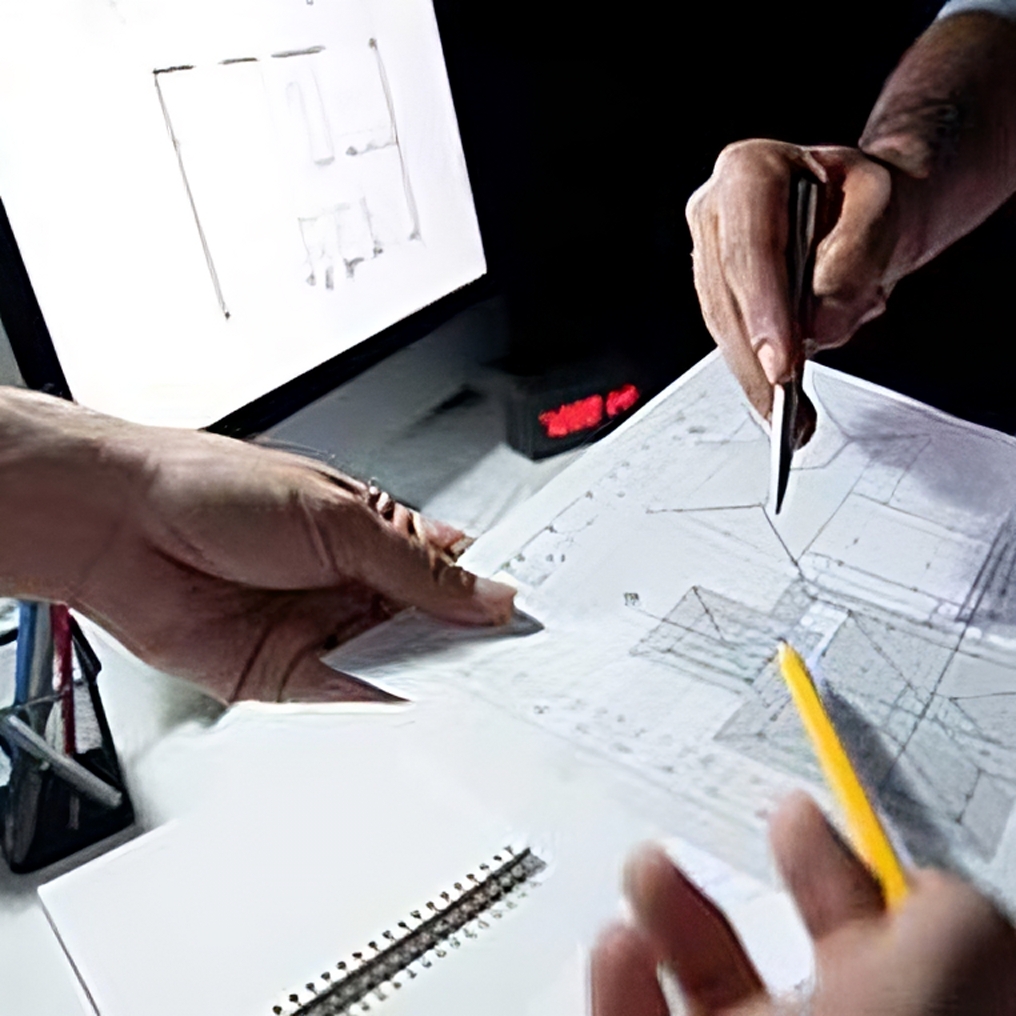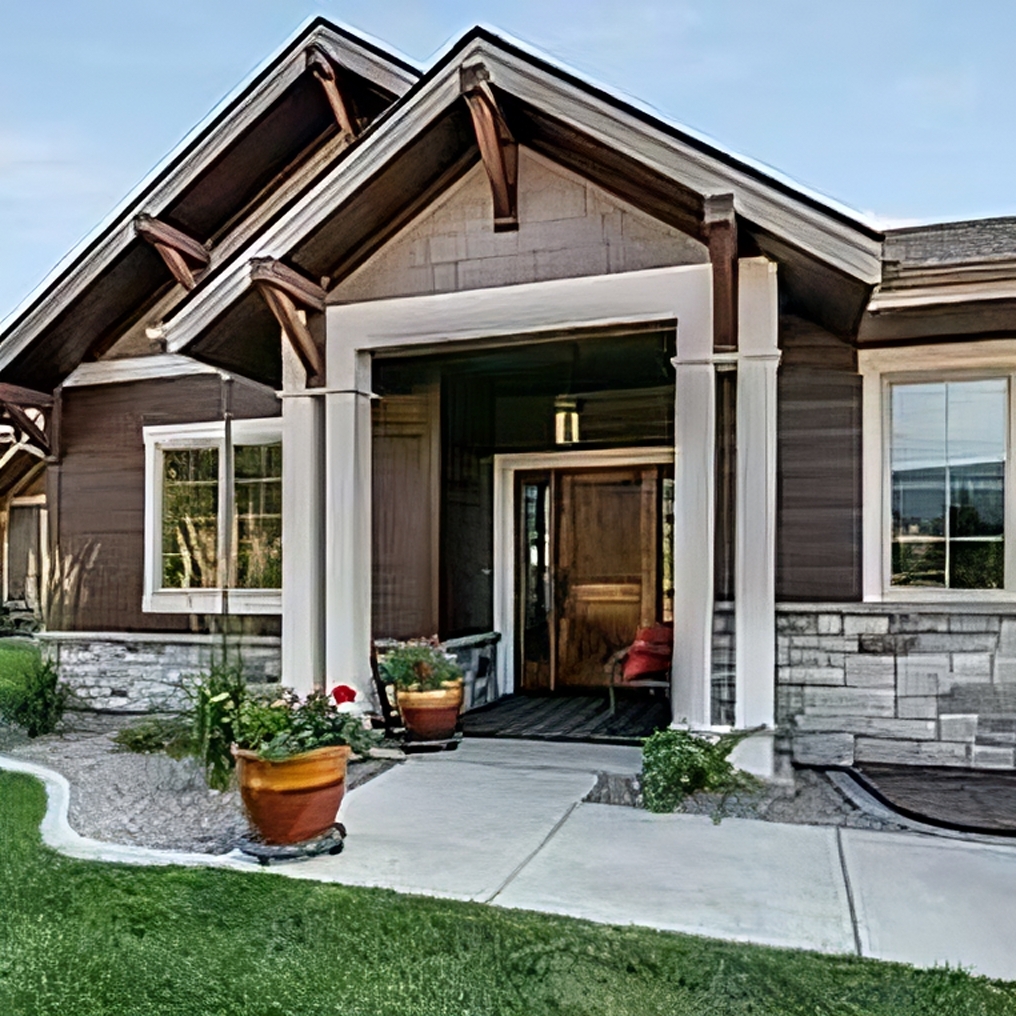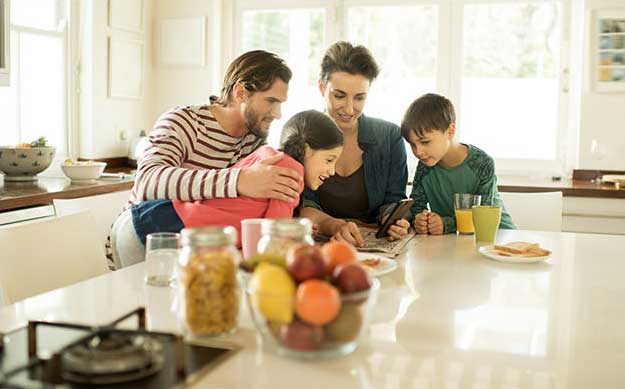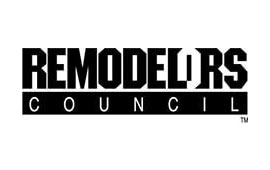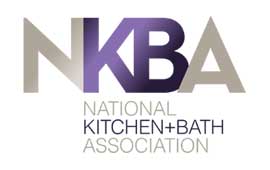As the holiday season approaches, many families find themselves faced with the age-old question: Is it better to go for a real or fake Christmas tree? At Reliable Design-Build-Remodel, we understand the importance of making environmentally conscious choices. Let’s delve into the considerations surrounding real and fake Christmas trees to help you make an informed decision that aligns with your values.
Are Fake Christmas Trees Bad for the Environment?
Fake Christmas trees, typically made from PVC (polyvinyl chloride), a type of plastic, are not biodegradable. This raises concerns about their long-term environmental impact. The production process of fake trees involves the use of non-renewable resources, contributing to carbon emissions. Additionally, disposing of fake trees can pose challenges due to their non-biodegradable nature.
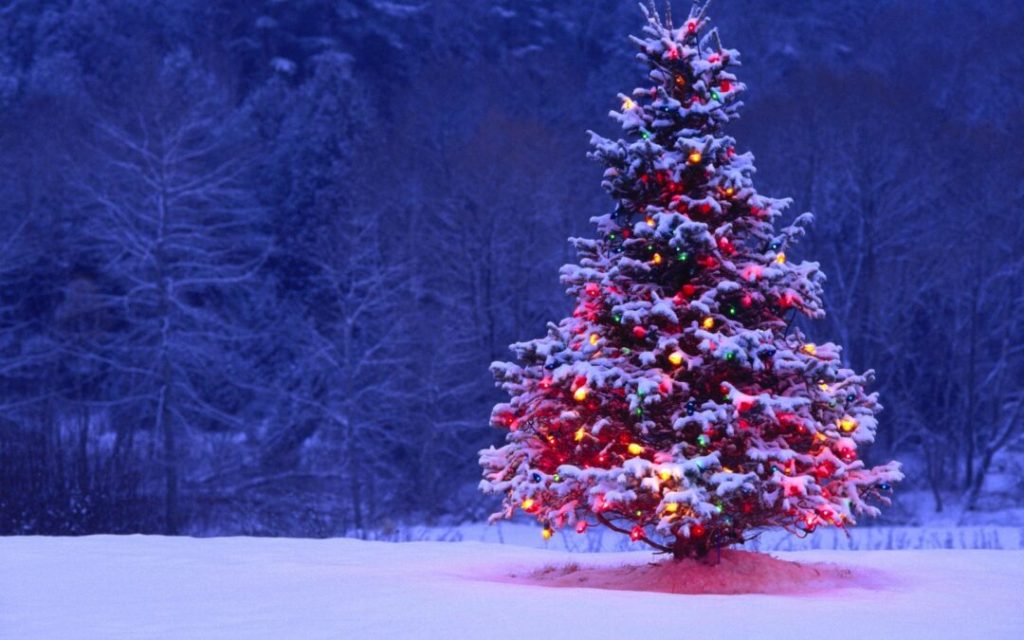
The Benefits of a Real Christmas Tree
Opting for a real Christmas tree can be a more eco-friendly choice. Real trees are a renewable resource, as they are grown on Christmas tree farms specifically for this purpose. These trees absorb carbon dioxide during their growth, helping to mitigate climate change. After the holiday season, they can be recycled into mulch or compost, providing additional environmental benefits.
What Are the Downsides of a Real Christmas Tree?
While real trees have environmental advantages, it’s essential to consider some downsides. Transportation of real trees to marketplaces can contribute to carbon emissions, especially if they are shipped from long distances. Additionally, some people may be concerned about the environmental impact of tree farming practices, such as pesticide use. There is also the off chance that bugs, like spiders and praying mantises, can lay eggs that will hatch inside your living room. Yes, that has happened before.
What Are the Benefits of a Fake Christmas Tree?
Fake Christmas trees offer some advantages as well. They are a one-time purchase that can be reused for many years, if not decades, reducing the demand for new trees each season. This can be cost-effective in the long run and may appeal to those looking for a more sustainable option that doesn’t involve cutting down a live tree every year.
What Are the Downsides of a Fake Christmas Tree?
Despite their potential longevity, fake Christmas trees have their drawbacks. The production of PVC involves the use of harmful chemicals, and the manufacturing process itself can generate pollution. Over time, fake trees may also lose their luster and end up in landfills, contributing to environmental issues.
Making the Right Choice for You and the Environment
At Reliable Design-Build-Remodel, we believe that making the right choice between a real and fake Christmas tree involves considering your values and priorities. If environmental sustainability is a top concern, opting for a real tree from a local, sustainable farm could be a more eco-friendly choice. If long-term use and convenience are your priorities, a high-quality fake tree that lasts for many seasons might be the better fit.
Remember, the key is to make a choice that aligns with your values and minimizes your environmental impact. Whichever option you choose, we wish you a joyous and eco-friendly holiday season!

Reliable Design-Build-Remodel is a full service general construction firm and remodeling contractor operating in the Birmingham metro and Jefferson and Shelby County areas and surrounding communities, including Birmingham, Helena, Chelsea, Mountain Brook, Hoover, Homewood, Montevallo, Alabaster, Vestavia Hills, and Pelham, with over 30 years of servicing our valued clients. Offering full service suite of general remodeling, design and build services. Our specialties include bathroom remodeling, kitchen remodeling, exterior renovations, interior renovations, painting, and more!
Visit us at reliablerem.com, and like and follow us on Facebook and Instagram!
image source: https://jweekly.com/2021/12/15/is-the-christmas-tree-a-religious-symbol-under-the-law-what-about-a-menorah/



